On several blocks along 55th Street in Englewood, boarded-up homes now outnumber those that are occupied. This street is not unique in the area—a 21 percent loss over the last decade in the area’s population has left much of the neighborhood abandoned and economically unstable.
Along with a cluster of other wards in the South and West sides, the 16th Ward, which includes Englewood, also had the lowest voter turnout in the city’s Feb. 22 municipal election. Out of 21,748 registered voters in the ward, 6,356 individuals—or 29 percent—cast a ballot, according to turnout data analyzed by percent from the Chicago Board of Elections website.


By contrast, voter turnout was highest on Chicago’s Far South and North sides, the absolute highest being the Far South Side’s 19th Ward at nearly 75 percent—or around 24,000 of the ward’s 32,136 residents.
Known for its high concentration of city and county workers, the lush, tree-lined streets of middle-class Beverly, Mt. Greenwood and Morgan Park, which make up the 19th Ward, are a far cry from its turnout polar-opposite.
The two lowest turnout wards, however, are located within five miles of the three highest—many of the absolute highest and lowest turnout wards actually border each other.
“Categorically, the lowest turnout percentages are always in the Latino wards on the South West and North West sides,” said Don Rose, an independent political consultant, who notes these wards tend to have lower numbers of registered voters although roughly the same number of people live in each of the 50 wards.
“The Latino wards have fewer citizens and, secondly, larger families with kids under 18,” Rose said. “So you have, in general, fewer eligible voters.”
However, this year, a historically black ward finished dead last out of 50 wards for turnout—though some of the Latino wards, including the 22nd, weren’t far behind.
“[The lowest turnout wards] are areas where people have lost faith in government and particularly in government services,” said Robert Starks, associate professor of political science and director of Northeastern Illinois University’s Jacob Carruthers Center for Inner City Studies in Chicago.
“People have interpreted that the city government does not care about their welfare and therefore they don’t believe that the government is worth participating in,” he said.
Made up of a majority low-income, black population, the 16th Ward, like many black majority wards in the city, has faced a staggering population decline over the last 10 years, according to the 2010 Census. The ongoing housing and mortgage crisis has hit the area especially hard, leaving many vacant homes in what was once a thriving middle-class neighborhood.
What the 16th Ward shares with other lowest turnout wards—Wards 15, 28, 22 and 31—is a majority low-income, minority population.
By contrast, the top five turnout areas—Wards 19, 13, 23, 41 and 47—located on the Far South and North sides are majority white, substantially more affluent areas of the city.
“[The 19th Ward has] a huge number of city workers, among other things. And it’s one of the last very strong political local ward machines,” Rose said.
Both Rose and Starks agree that voter participation was different during Mayor Harold Washington’s administration in the early 80s—an accomplishment that hadn’t been achieved before or since.
“The process changed a great deal when [Washington] was running and there was a great deal to vote for,” Rose said, referring to the 1983 and 1987 mayoral elections.
Election turnout wasn’t only higher in the black wards, it was higher city-wide.
“In the Washington election and in his administration, you saw an uptake in participation in these particular areas,” Starks said. “Why? Because people felt they had a return on their electoral investment … and in turn, they were motivated to come and vote. That makes a big difference in this whole process.”
According to Starks, the difference was reassurance and better service from government and, in response, trust from residents. They saw an improvement in their situation and responded by turning out on election day.
“I think that people have to have hope,” Starks said. “Voting, political participation, civic engagement is an emotional response and it’s also extremely psychological, i.e., if I’m going to make an investment of taking time and turning out to vote, I want to see a return on my investment—and I think that’s where many politicians miss the boat.”
A history of voter suppression has only worsened matters over the years, according to Starks. Ken O’Connor, a sociology professor at Loyola University, likened it to a game of poker in which one party can see the others’ cards for 200 years and amasses a large winning pot before making the game an equal playing field for everyone involved.
In a political analogy, the end result is that the voice of minority populations is stifled and the feedback loop becomes a self-fulfilling prophecy, O’Connor said.
“Many elected officials do not see poor people, African-Americans and Hispanics as being rational voters—they see them strictly as emotional, and that’s just half of the proposition,” Starks said. “People are emotional, but they are also rational in the sense that they want to see a return on their investment.”
But the investment is returned to those who vote in the highest numbers—those with the most economic benefits to give. This was evident in Mayor Richard M. Daley’s usage of Tax Increment Financing funds for the downtown Loop area of the city—already prospering—said Starks, while nearby neighborhoods to the south and west were left to deteriorate.
“Instilling a sense of trust is something that I think has been missing. The whole psychological notion that people can trust government,” Starks said. “How do you tell people that have been sacrificing for 50 to 60 years to further sacrifice when they look across town and see that other people are not sacrificing to the extent that they are?”
Related articles



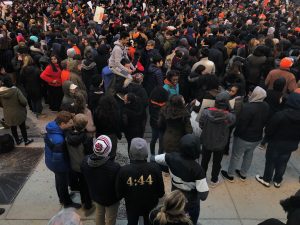
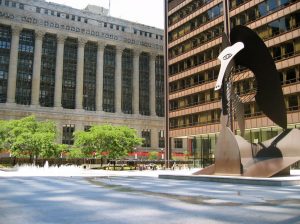

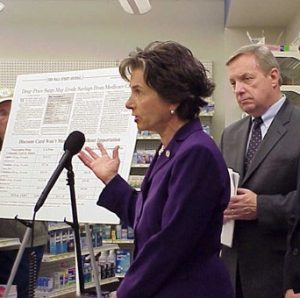
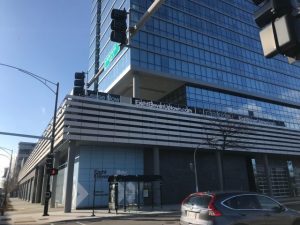
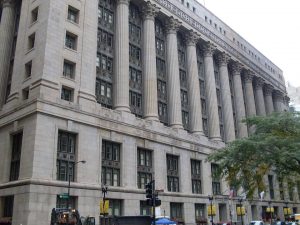
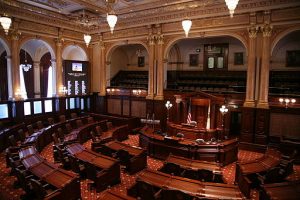
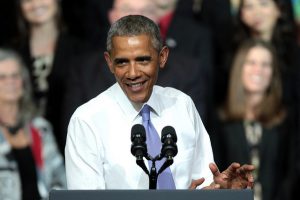
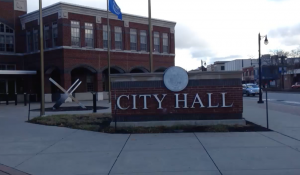
Be First to Comment